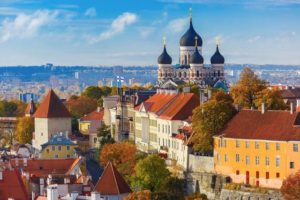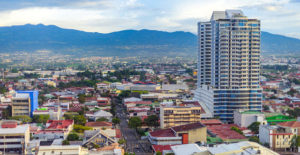
In July of 2012, K and I spent a month in Europe on what we called our “B-Trip.” B because the tour consisted of stays in three cities: Brussels, Barcelona, and Berlin.
We had been to Barcelona many times and expected much from it. We were not disappointed. We had never been to Berlin, but were excited to get to know it. That, too, met and even exceeded our expectations. For Brussels, however, I had modest hopes. All I knew about it was that it was the capital of the European Union. So, I expected it to be like diplomacy and bureaucracy: a mixture of bullshit and boring.
Instead, we had a very pleasant time there. Some recommendations:
* Grote Markt (Grand Place) – the central square of the city
* “Manneken Pis” and “Jeanneke Pis” – the city’s two famous “pissing” statues
* Musées Royaux des Beaux-Arts (Royal Museums of Fine Arts)
* Musée du Costume et da la Dentelle (Costume and Lace Museum)
* Le Botanique (“the herb garden”) – a cultural center dedicated to live music and art exhibitions
* Café Belga – for great ambiance and good food.
Facts about Brussels:
* Brussels is the largest municipality and historical center of the Brussels-Capital Region, as well as the capital of Belgium. It is also the administrative center of the European Union, and is thus often dubbed, along with the region, the EU’s capital city.
* Brussels operates as a bilingual city where both French (85%) and Dutch (15%) are official languages. Thus, all the streets have two names, which can sound totally different. For example, the Main Square is called both la Grand Place and de Grote Markt.









